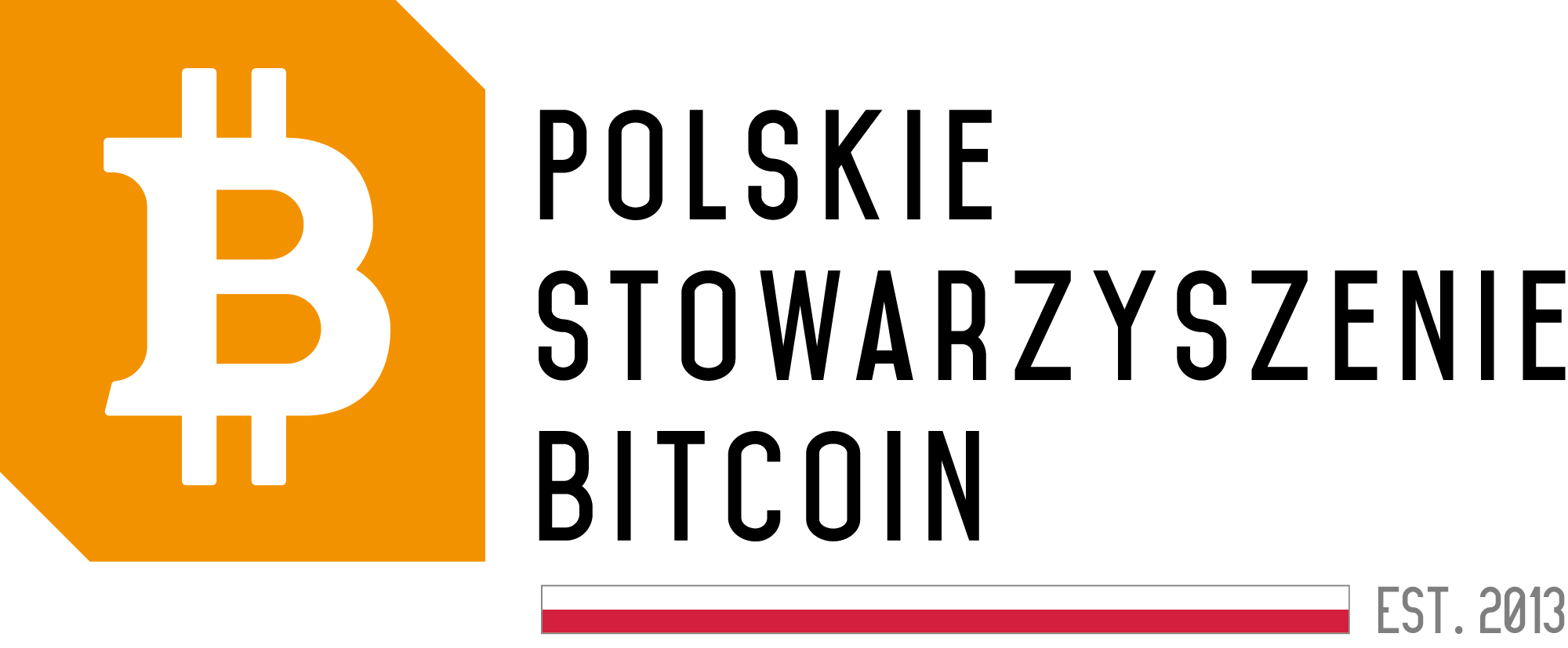MiCA Regulations and Cryptocurrency Markets: What Does the Delisting of Tether (USDT) on OKX Mean for Europe?

Cryptocurrency Exchange OKX Delists Tether (USDT) – Implications of MiCA Regulation in Europe
The cryptocurrency exchange OKX from Seychelles has announced its decision to remove Tether (USDT) – one of the most popular stablecoins – from its offerings for users from the European Economic Area (EEA). This decision is related to the upcoming MiCA regulation, which is set to come into effect in Europe. What does this decision entail and what could be the effects of the new regulations on the cryptocurrency market? Here is everything you need to know.
What is the MiCA Regulation?
The Markets in Crypto-Assets (MiCA) regulation is a comprehensive set of rules governing markets in crypto assets in Europe. One of the main goals of MiCA is to create a safer and more transparent environment for stablecoins, such as Tether, which are closely tied to the value of traditional currencies.
Implications for the Cryptocurrency Market in Europe
One of the key points of the MiCA regulation is the requirement for stablecoins to be issued by an entity within the EEA and to be approved as an electronic money issuance institution. For offshore companies, this may mean the need to adapt their operations to the new requirements and standards.
The introduction of MiCA may generate additional costs and challenges for stablecoin issuers, both within and outside the EEA. Implementing strict regulations, such as maintaining 1:1 reserves and ensuring continuous token redemption capabilities, could impact the landscape of the stablecoin market in Europe.
The Future of the Cryptocurrency Market post MiCA
While the introduction of MiCA regulations may face certain difficulties and resistance from some entities, the new rules aim to enhance market integrity and investor protection. Serving as a model for other markets, EU regulations may attract new participants and exert pressure on existing stablecoin market leaders.
The MiCA regulations enable harmonizing technological innovations with clear legal frameworks, which could contribute to the development of the cryptocurrency sector in Europe. Despite the challenges that may arise, they also open up new opportunities for stablecoin providers in the region.
Ultimately, the MiCA regulations primarily aim to ensure stability and trust in the cryptocurrency asset market, which could be a crucial step in further advancing this dynamic sector.





